Thimphu, the charming capital city of Bhutan, is a treasure trove of cultural richness, natural beauty, and spiritual serenity. Nestled in the picturesque valleys of the Himalayas, Thimphu offers visitors a unique blend of ancient traditions and modern delights. In this article, we’ll embark on a journey to discover the top 10 most popular places and things to do in Thimphu, unraveling their significance and the exciting experiences they offer.
1. Tashichho Dzong: The Majestic Fortress in Thimphu
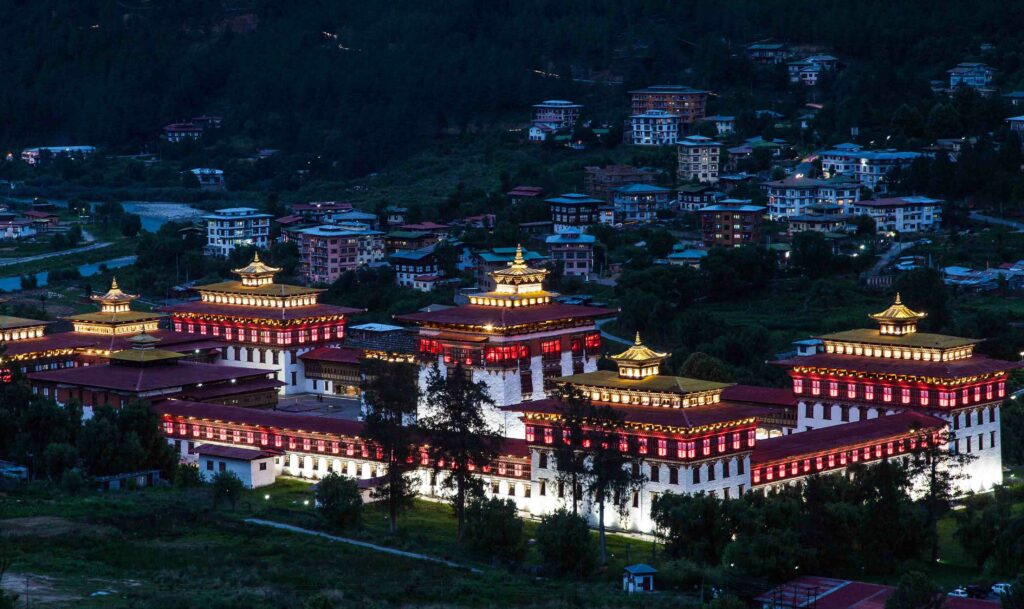
Tashichho Dzong is a grand fortress-monastery located on the western banks of the Wang Chhu River. Serving as the seat of Bhutan’s government and the summer residence of the Central Monk Body, this architectural marvel showcases Bhutanese craftsmanship at its finest. Visitors can witness the colorful ceremonies, explore the intricate woodwork and murals, and soak in the spiritual ambiance of this historic landmark.
2. National Memorial Chorten: A Place of Peace and Devotion
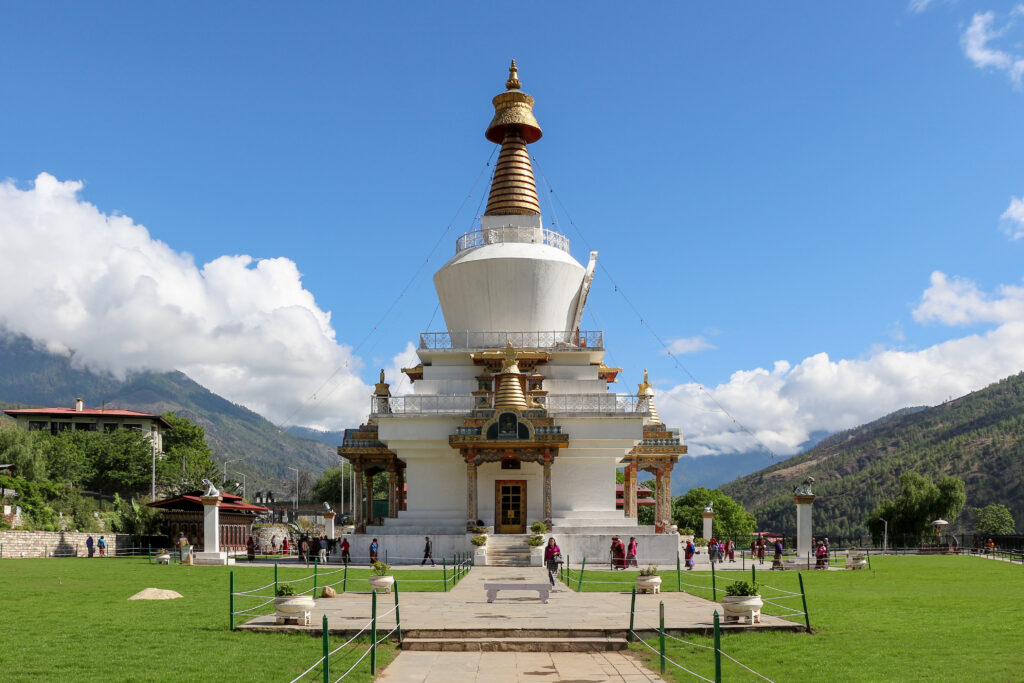
The National Memorial Chorten is a sacred monument dedicated to the third king of Bhutan, Jigme Dorji Wangchuck. Surrounded by fluttering prayer flags and ornate prayer wheels, the chorten offers a serene sanctuary for meditation and contemplation. Visitors can circumambulate the chorten, observe locals performing their daily prayers, and marvel at the intricate details of Bhutanese architecture.
3. Buddha Dordenma Statue: Gazing Upon Greatness
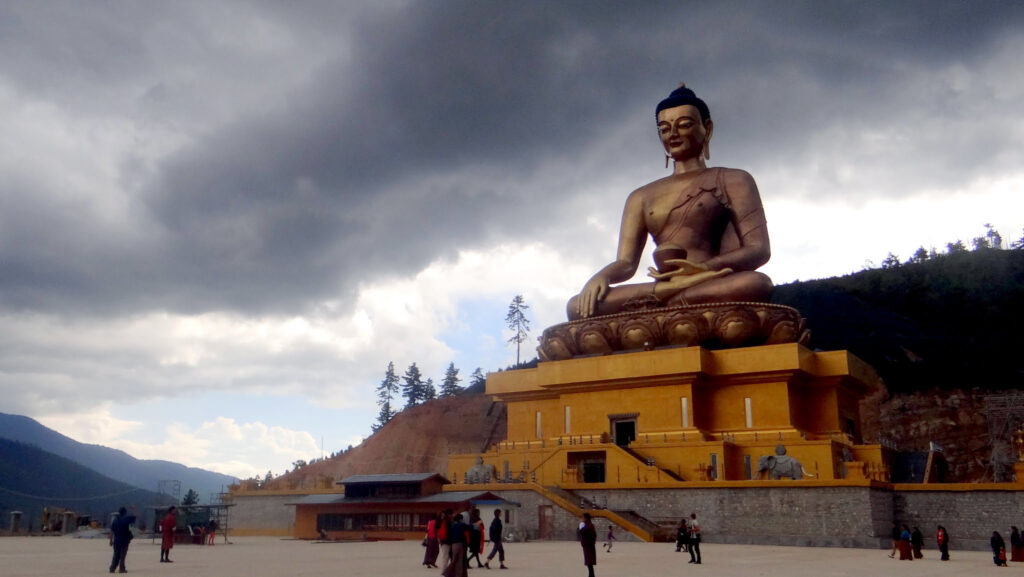
Perched atop a hill overlooking Thimphu valley, the Buddha Dordenma Statue stands as a symbol of peace and prosperity. This magnificent bronze statue, measuring 169 feet tall, is one of the largest Buddha statues in the world. Visitors can ascend to the statue’s base, offer prayers, and enjoy panoramic views of the surrounding landscape, making it a truly awe-inspiring experience.
4. Changangkha Lhakhang: A Haven of Blessings
Changangkha Lhakhang is an ancient temple perched on a ridge above Thimphu city. Built in the 12th century, this sacred site is dedicated to the protective deity Tamdrin. Visitors can receive blessings from the resident monks, spin prayer wheels, and marvel at the stunning views of the valley below. The serene atmosphere and spiritual energy make it a must-visit destination for seekers of inner peace.
5. Royal Textile Academy of Bhutan: Weaving Stories of Tradition
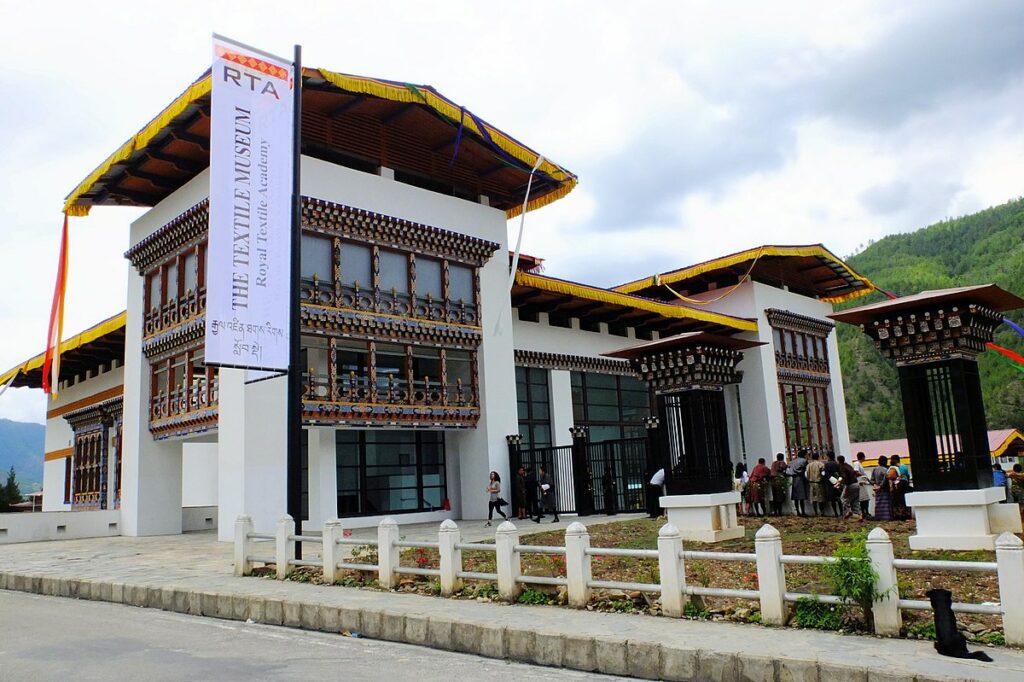
The Royal Textile Academy of Bhutan is a cultural institution dedicated to preserving and promoting Bhutanese textile arts. Visitors can explore the museum’s extensive collection of traditional textiles, admire intricate weaving techniques, and learn about the cultural significance of each pattern and motif. The academy also offers workshops where visitors can try their hand at traditional weaving techniques.
6. Folk Heritage Museum: Journey into Bhutanese Heritage
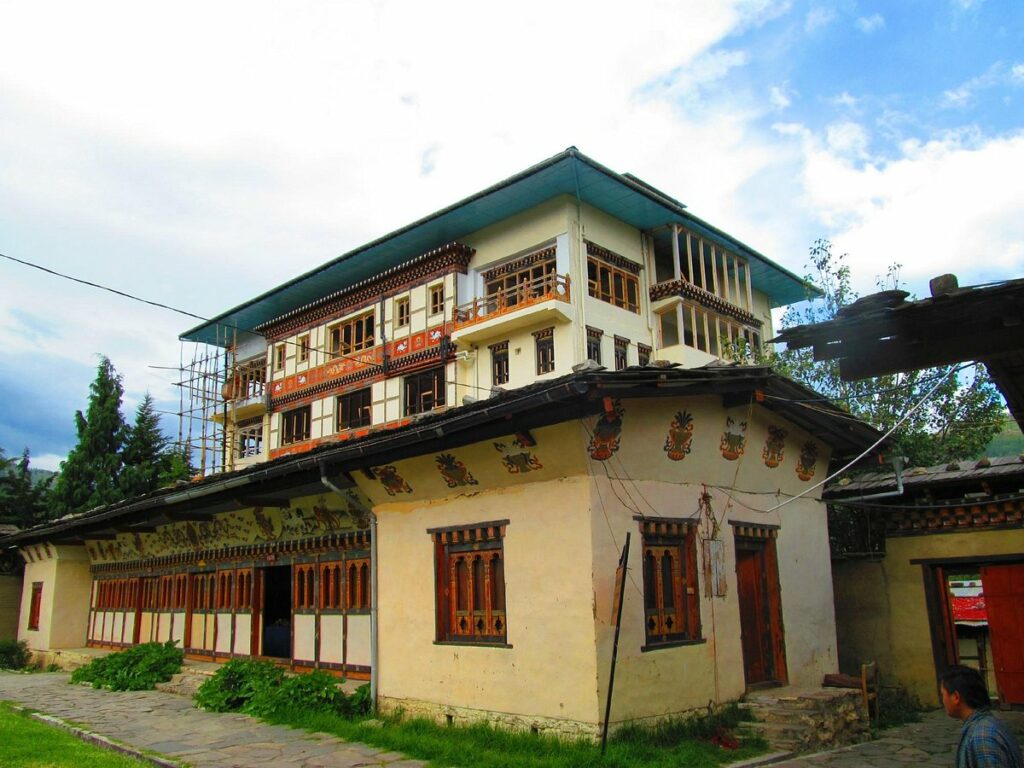
The Folk Heritage Museum offers a glimpse into the traditional lifestyle of rural Bhutanese communities. Housed in a beautifully preserved traditional farmhouse, the museum showcases household artifacts, tools, and utensils used in everyday life. Visitors can explore the various rooms, participate in traditional activities, and gain insights into Bhutan’s rich cultural heritage.
7. Centenary Farmers’ Market: A Feast for the Senses
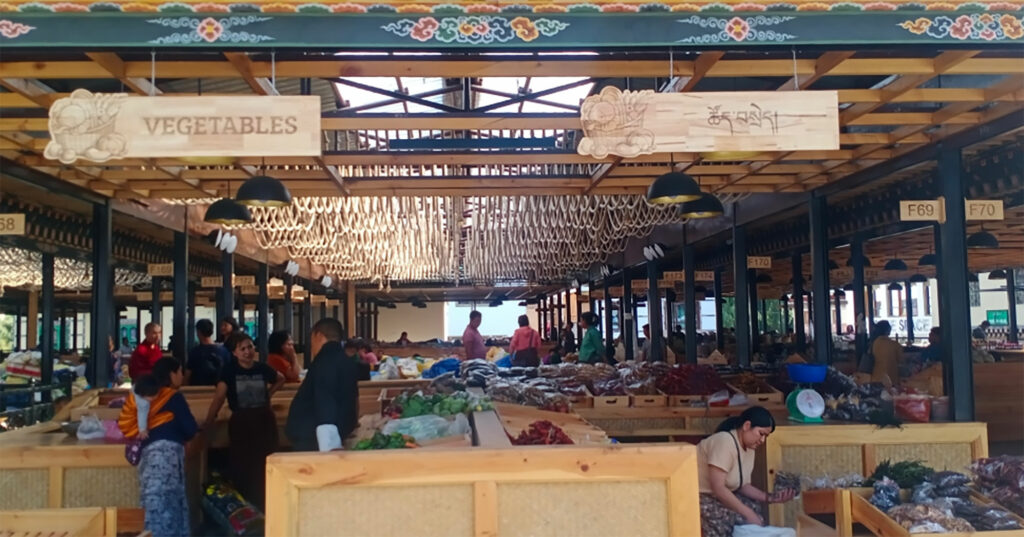
The Centenary Farmers’ Market is a bustling hub of activity where locals gather to buy and sell fresh produce, handicrafts, and other goods. Visitors can stroll through the colorful stalls, sample local delicacies, and engage with friendly vendors. The market offers an authentic glimpse into Bhutanese daily life and provides an opportunity to taste the flavors of the region.
8. Simply Bhutan Museum: Living Traditions
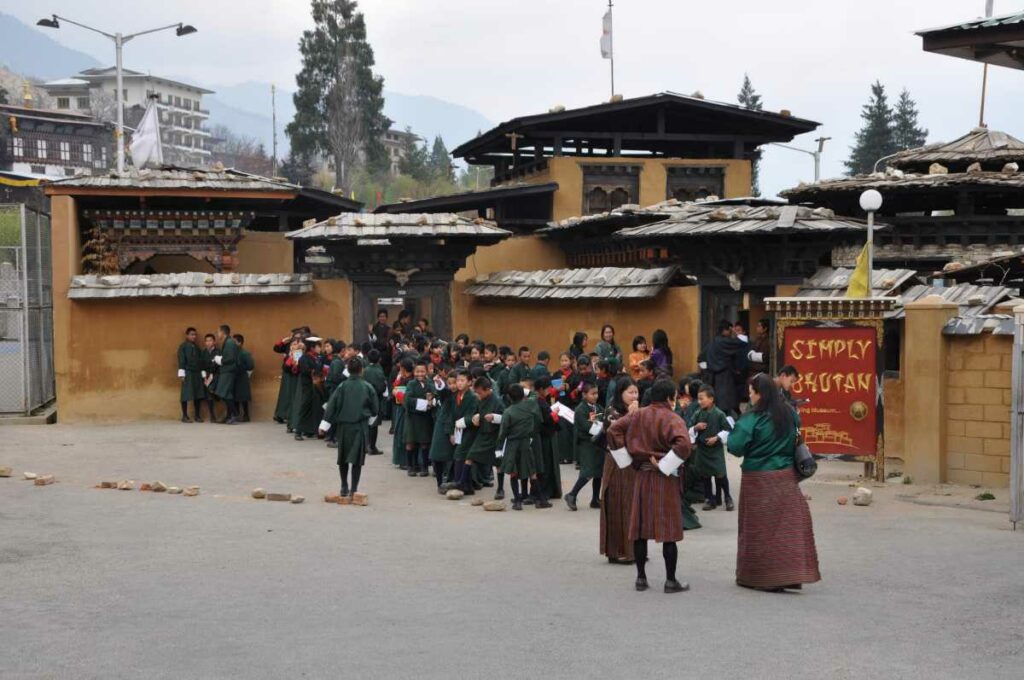
Simply Bhutan Museum is a living museum that offers immersive experiences in Bhutanese culture and traditions. Visitors can dress in traditional Bhutanese attire, participate in traditional games and activities, and learn about the country’s customs and rituals. The museum aims to preserve and celebrate Bhutan’s unique cultural heritage, making it a memorable and educational destination.
9. National Institute for Zorig Chusum: Artistry in Action

The National Institute for Zorig Chusum, also known as the Painting School, is dedicated to preserving and promoting Bhutanese traditional arts and crafts. Visitors can observe students learning various traditional skills such as painting, woodcarving, sculpture, and embroidery. The institute provides insights into Bhutan’s artistic heritage and offers visitors a chance to witness master craftsmen at work.
10. Dochula Pass : A Gateway to the Himalayas
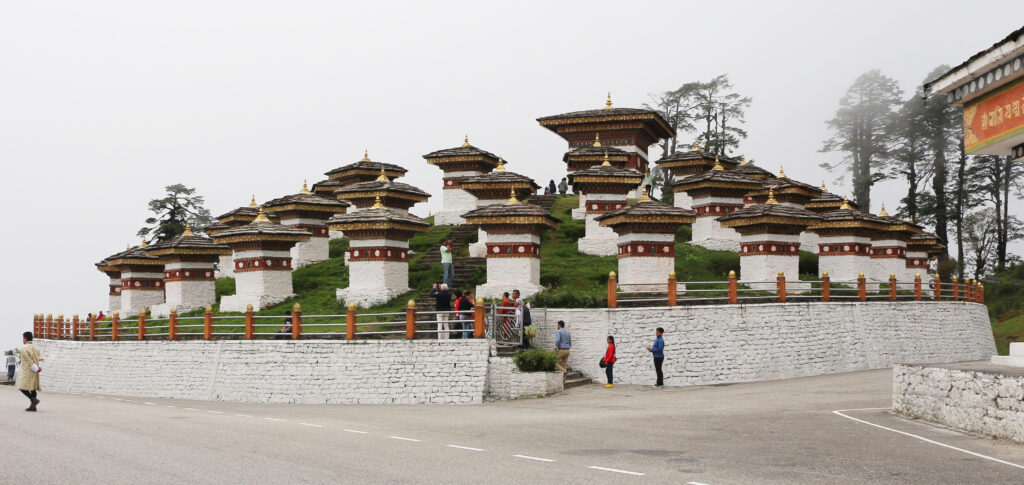
Dochula Pass is a scenic mountain pass located en route from Thimphu to Punakha. Situated at an altitude of 3,100 meters, the pass offers breathtaking views of the snow-capped Himalayan peaks. Visitors can take in the panoramic vistas, visit the Dochula Pass memorial chortens, and enjoy a refreshing break amidst the natural beauty of Bhutan’s mountains.
In conclusion:
Thimphu encapsulates the essence of Bhutan’s rich cultural heritage, natural splendor, and spiritual essence. From ancient fortresses and sacred temples to vibrant markets and immersive museums, the capital city offers a captivating tapestry of experiences for visitors to explore. Whether seeking tranquility, cultural immersion, or adventure, Thimphu beckons with its beauty and charm, inviting travelers to embark on a journey of discovery in the heart of the Himalayas.